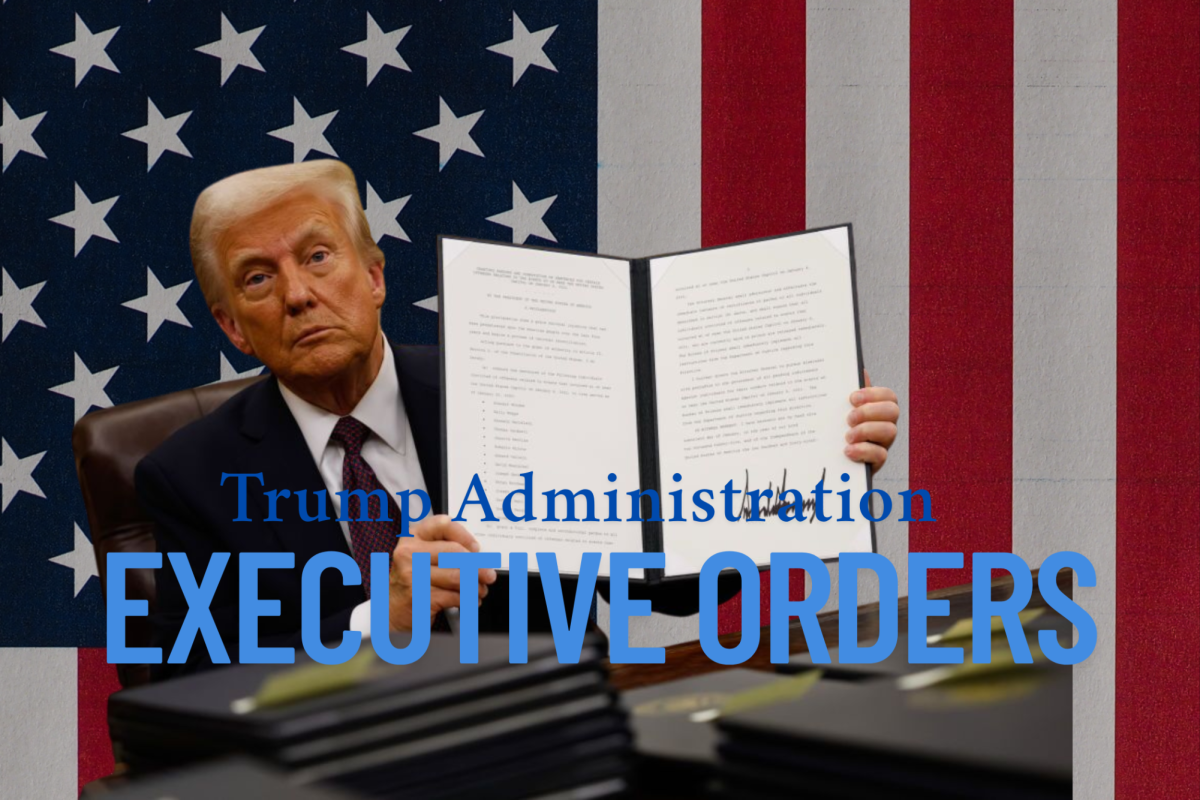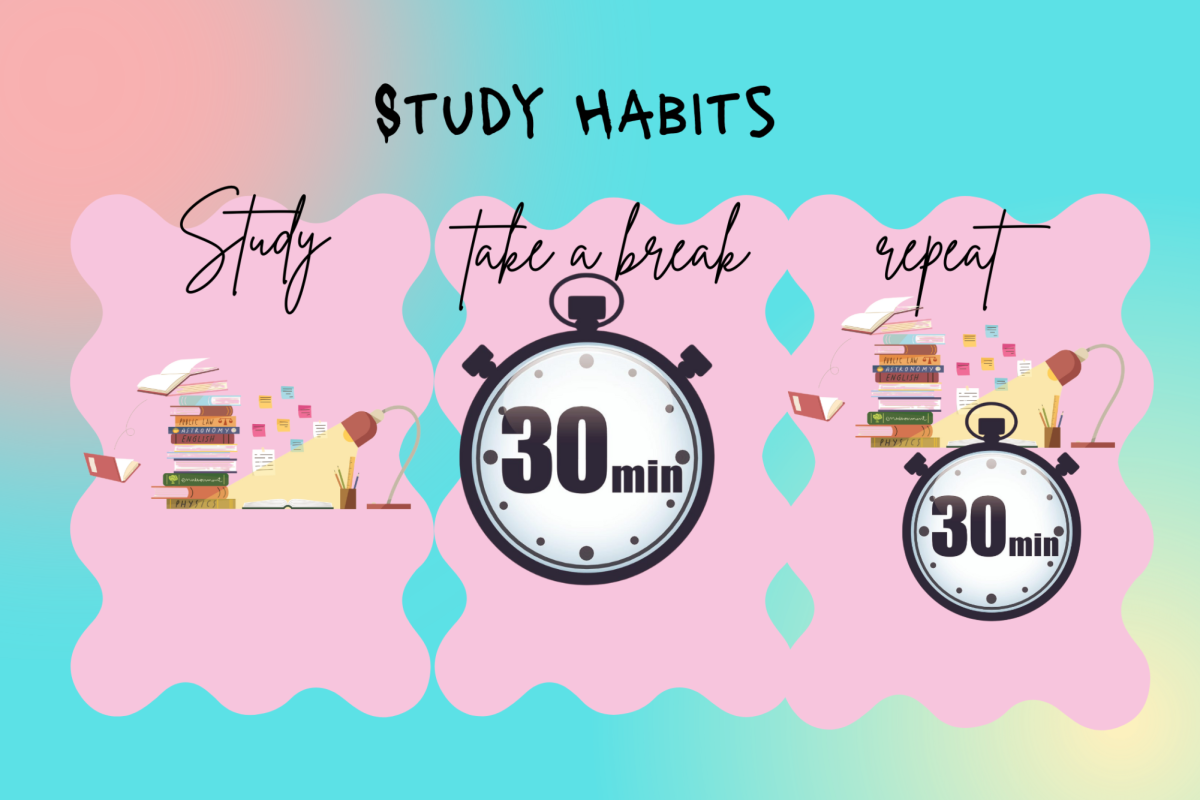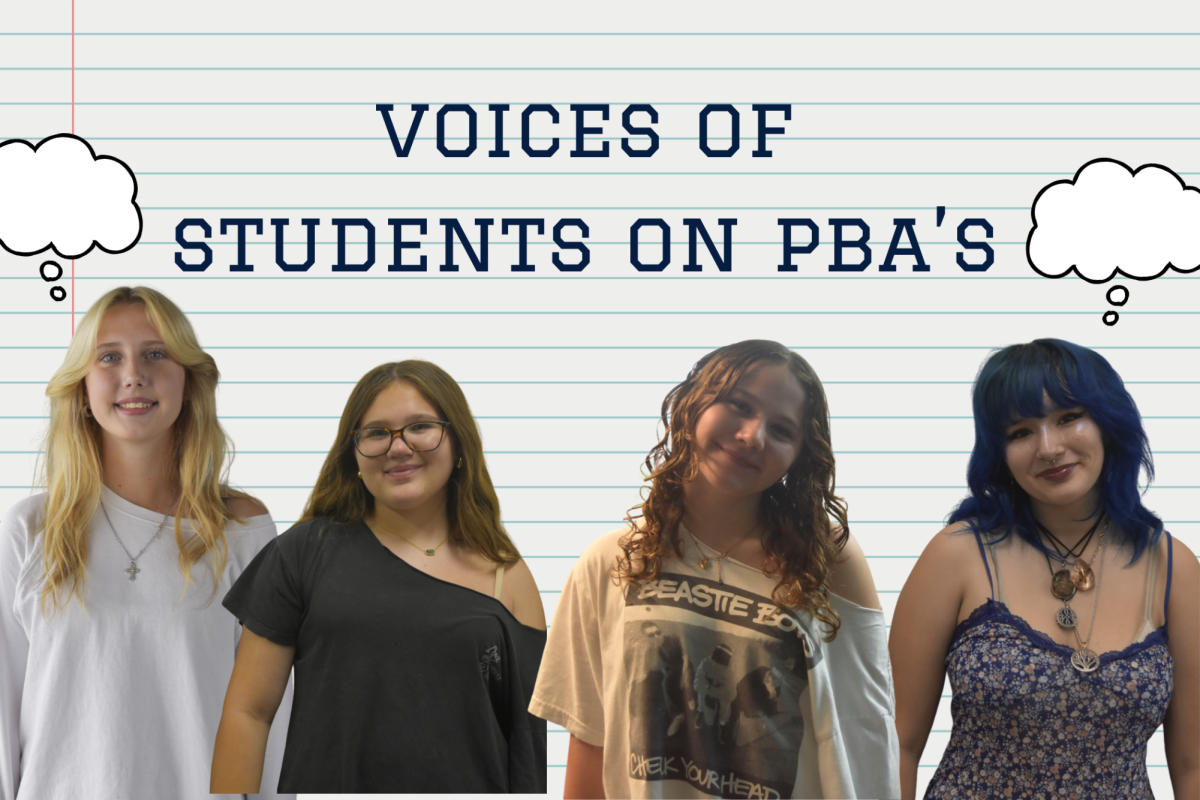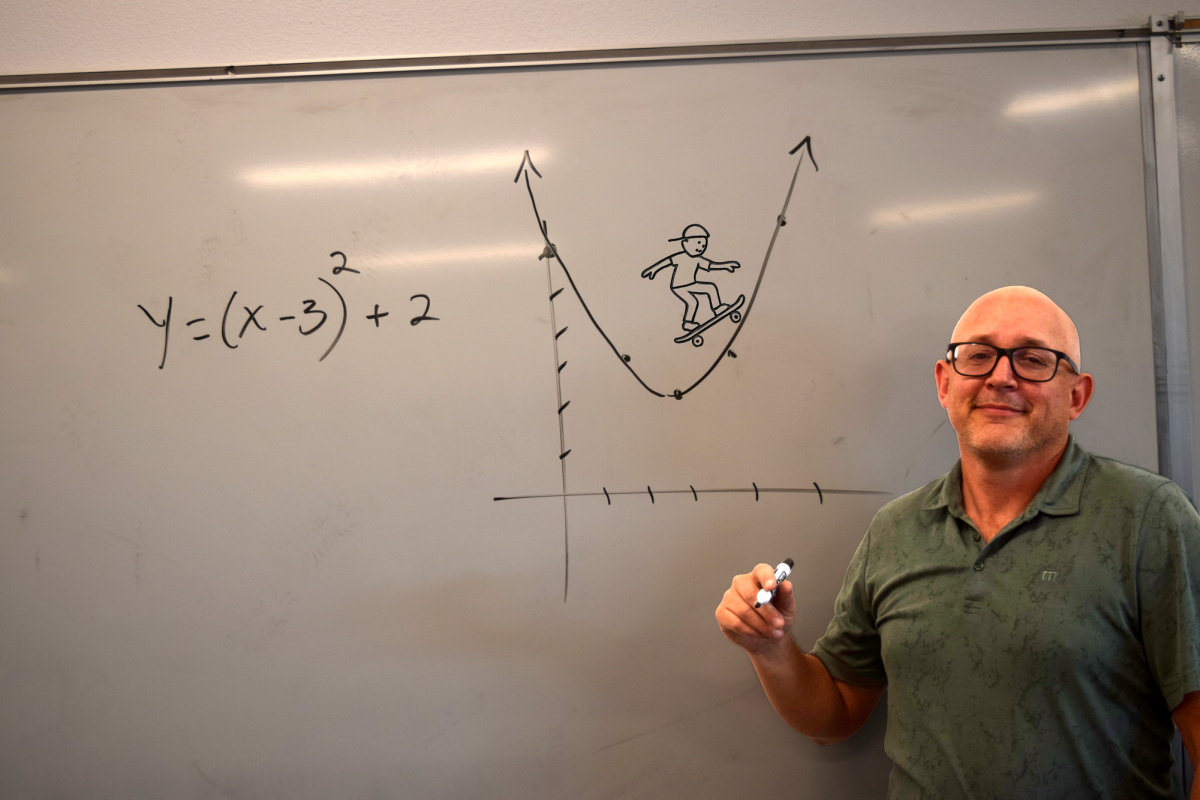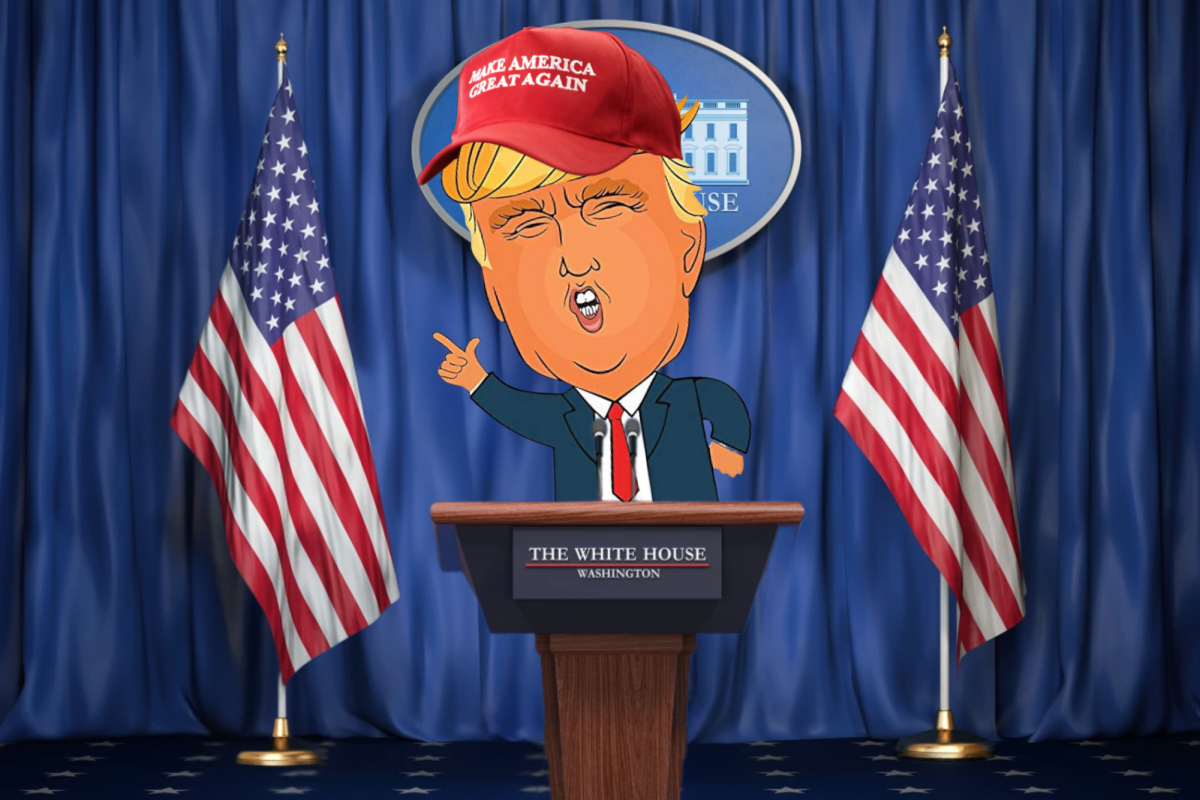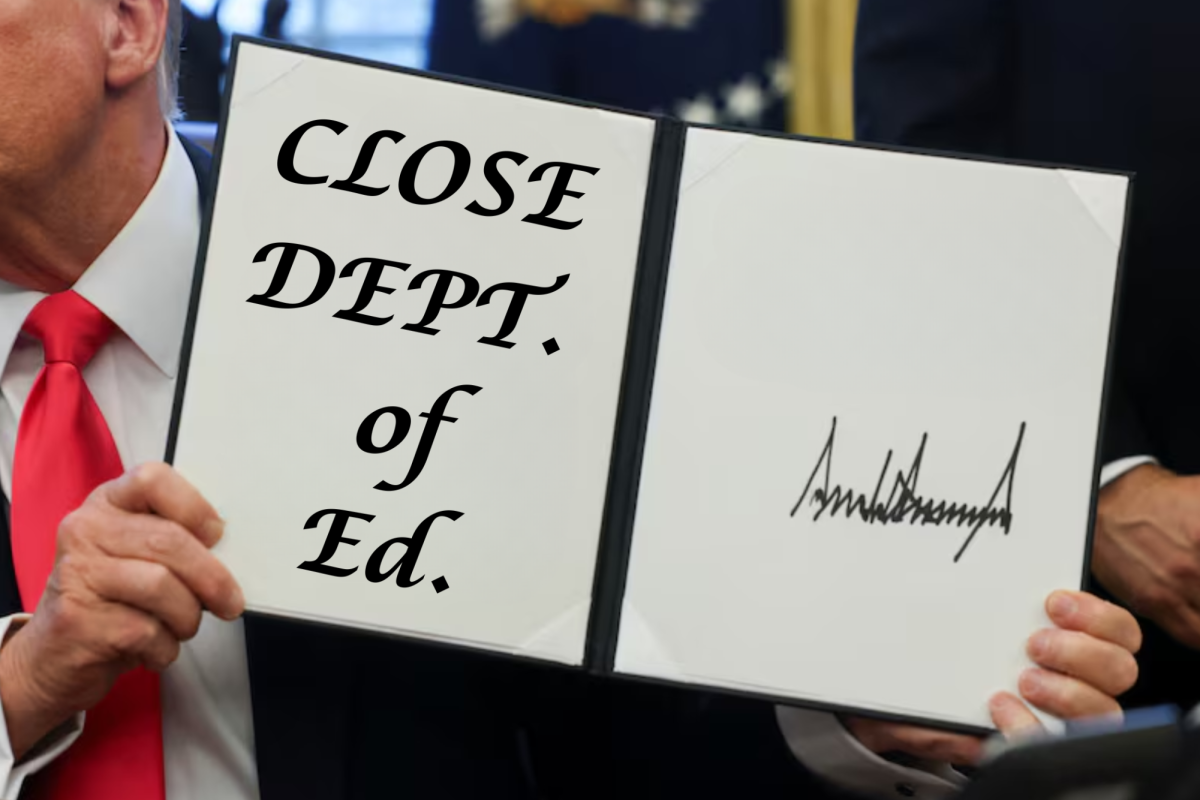More than 49 million children attend public school in the United States.
Public schools receive a portion of their funding from the federal government’s Department of Education.
President Donald Trump announced the termination of the Department of Education on March 20.
If not stopped, this executive order is set to go into effect at the end of 2026.
The Department of Education, and its inner-workings, are highly complex and confusing.
They do not make curricula and mandate what schools teach; instead, they focus on ensuring states meet regulations and make education equitable and accessible for all.
“The department… was created by an act of Congress [meaning] that only Congress can shut it down,” said Michael C. Bender, a reporter for The New York Times.
Unless Congress or the judiciary stops Trump’s order, it should not affect American families.
But if no one stops this executive order, what would that mean for public schools around America?
National Education Association President Becky Pringle said, “Trump’s effort to close the Education Department could have disastrous implications for students across the country.”
Foremost, this could lead to school closures, fewer teachers, and more crowded classrooms.
It can lead to more failures of already struggling country-wide school systems.
Currently, the Department of Education allocates money to help fund public schools as well as federal programs such as Title 1 funding, which provides funding for low-income K-12 schools.
Specifically, this will affect Sunnyslope as we are a Title 1 school.
Loss of Title 1 funding could lead to eventual and noticeable changes around the Sunnyslope campus.
According to Principal Jonathan Parker, the loss of “Title I funding would have a profound impact on the programs we offer and the supports we provide.”
Sunnyslope pays for programs such as Read 180 and Math Lab using Title 1 funding.
These academic support programs are put in place to assist students “who are usually the ones most in need,” said Parker.
The government, though, has a plan to redistribute these funds to the states with fewer regulations.
This could lead to funds “not [going] toward programs or activities that advance diversity, equity, and inclusion goals or gender ideology,” said NBC News reporter Garrett Haake.
If states and districts get to choose where funds could go, there could be a rise in discrimination.
For example, the Arizona Department of Education could decide that it no longer wants to provide accommodations for students in wheelchairs.
Without the federal Department of Education, there would be no one stopping them from doing this.
The Department of Education was put in place to prevent these things, but the end of this institution is becoming worrisome for many families.
Overall, the closure of the Department of Education could hurt many Americans.
However, it is essential to remember that its total closure is not confirmed, and a more likely possibility is a significant decrease in the Department of Educations size.







